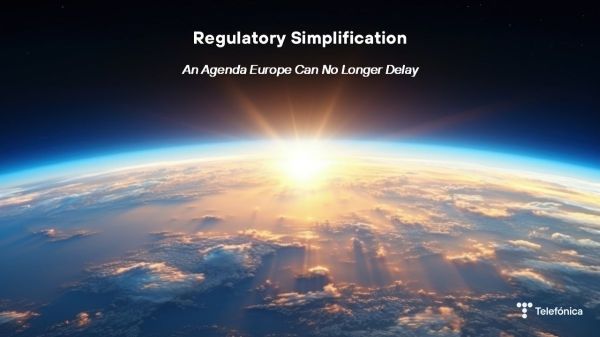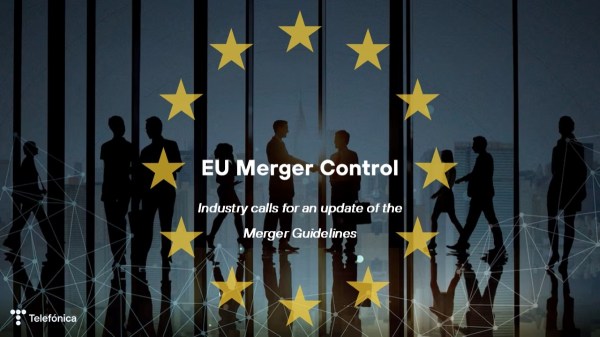By any measure, the Single Market is the cornerstone of Europe’s competitiveness strategy and the engine of integration, prosperity and scale. However, for the telecoms sector, this narrative has sounded unrealistic since the beginning of market liberalization. Ask telecoms sector leaders what the Single Market means in practice, and you will often hear about fragmentation, inefficiency, and asymmetries rather than opportunities.
And yet, disengaging from the debate is not an option. The European Commission has published today “The Single Market: our European home market in an uncertain world” in which it warns that in order to ensure future-proof digital networks and a secure and resilient infrastructure, as well as digital services on a European scale, the current regulatory framework needs to be updated. The transition to cloud infrastructures and the use of artificial intelligence requires faster, more secure and reliable connectivity. It also calls for overcoming the fragmentation of the sector to exploit the full potential of the digital single market.
If the telecoms sector should play a leading role at shaping Europe’s digital future, policymakers need to offer a constructive, alternative review that reflects markets’ reality, while aligning with European industrial policies ambitions as Draghi and Letta reports have rightly highlighted.
In our last recent Policy Brief “Breaking the Barriers: How Europe Can Unlock a True Single Market for Telecommunications” we propose reframing the Telecom Single Market on three pragmatic pillars:
- In-Market Consolidation: Scale is non-negotiable. Sustainable investment in high-capacity networks (fibre, 5G, edge-cloud) depends on reaching profitable scale, i.e., sufficient customer base to obtain the adequate returns on investment. This scale can only be achieved in the domestic markets where operators deploy their networks. Cross-border mergers may look appealing, but because returns vary widely across geographic markets (driven by market structure, competition and regulation), these factors often outweigh potential economies of scale in expansion decisions. Therefore, cross-border mergers are not the solution when domestic markets are still structurally fragmented. Without first scaling in-market, no pan-European vision will ever materialize.
- Simplification over Harmonization: The telecom sector faces a paradox: the EU’s answer to regulatory fragmentation has too often been… more regulation in the name of harmonization. Instead of layering EU rules above 27 national frameworks, we need fewer, clearer, and future-proofed rules. Simplification, not harmonization for its own sake, is the path to efficiency and competitiveness.
- Technological Convergence: A huge step towards reaching a single market in telecoms will come from technology. Cloudification, AI-driven networks and APIs are dissolving traditional connectivity boundaries. Let’s not build the Single Market with old tools. Let’s build it by providing the right regulatory environment and ensuring a level playing field in a convergent digital ecosystem, while encouraging investing in digital infrastructure that enables innovation and European-scale digital services and platforms.
Europe is at a defining moment. Telecom operators are investing to make Europe’s digital vision a reality, but declining profitability, over-regulation and high fragmented national markets are undermining their capacity to deliver next-generation infrastructure. A reframed Single Market approach is essential to make the sector attractive to investment again — and to place Europe at the forefront of digital innovation.
This vision does not contradict the European project. It strengthens it. It is a call for realism, for trust in investment-led policy, and for putting industrial policy and digital ambition back at the heart of the Single Market.
If we want a Europe that leads to connectivity, sovereignty and digital services, we must break the barriers. It’s time for action.







